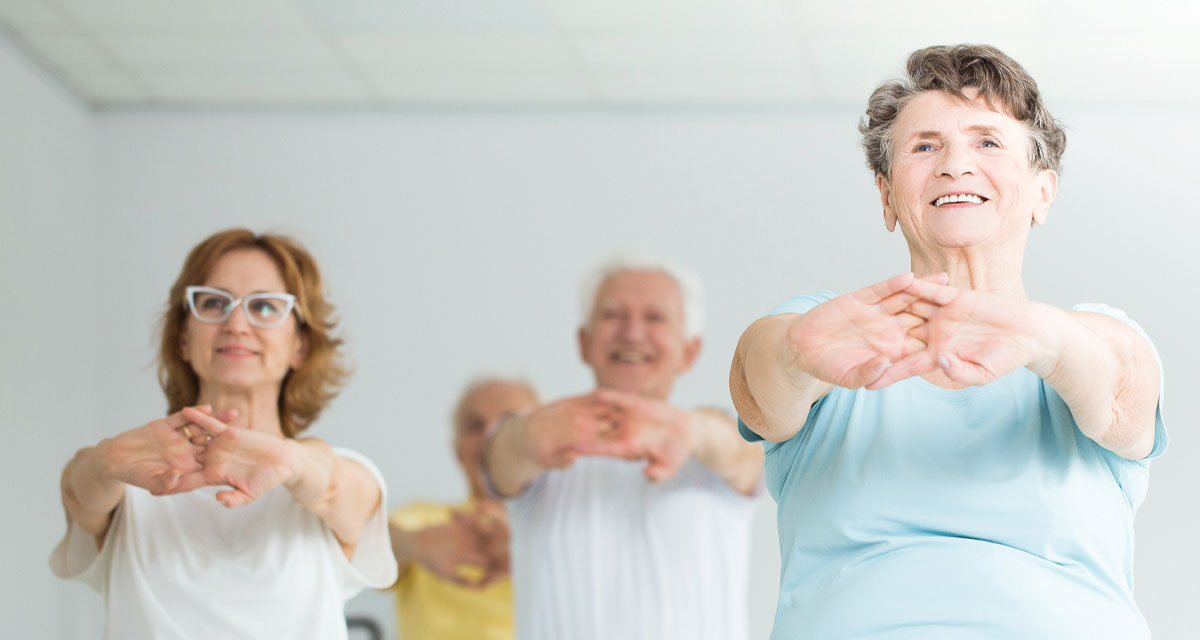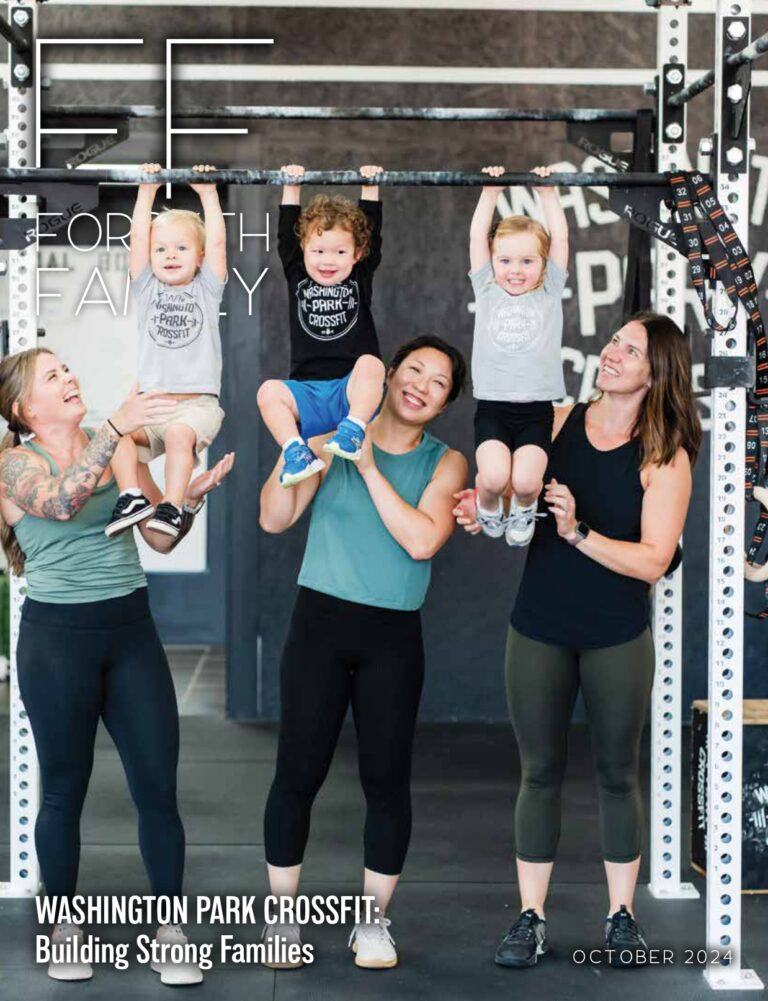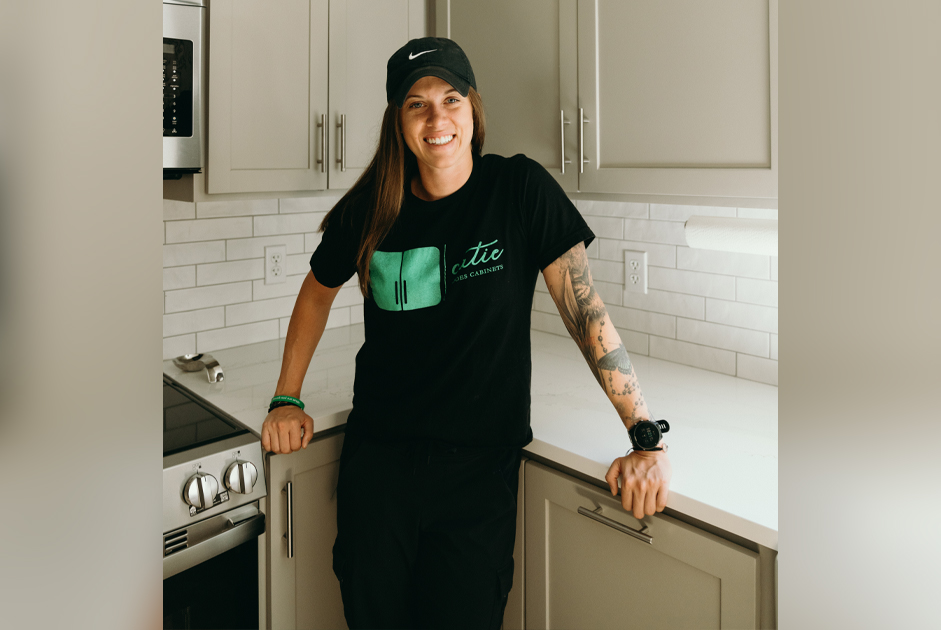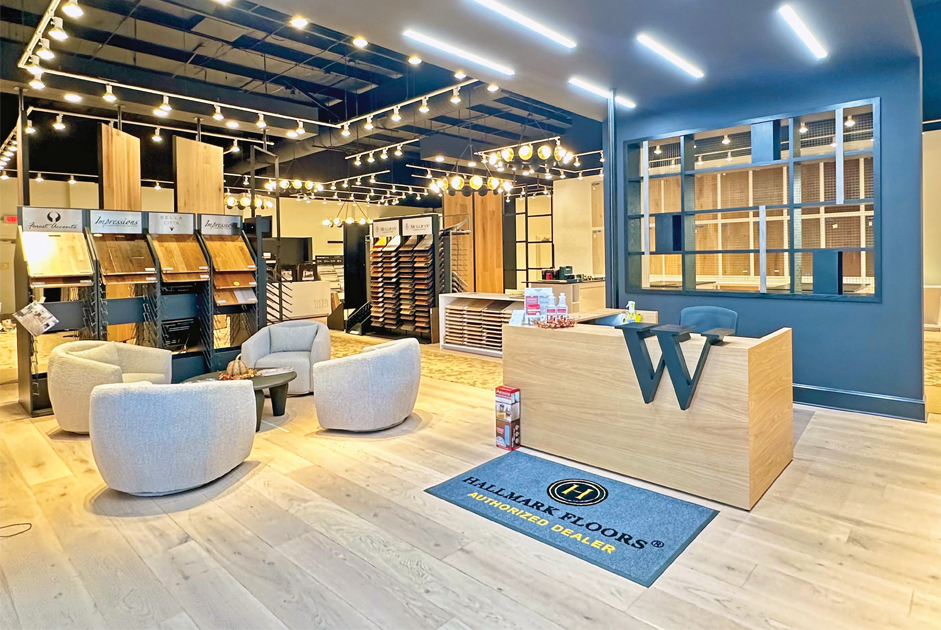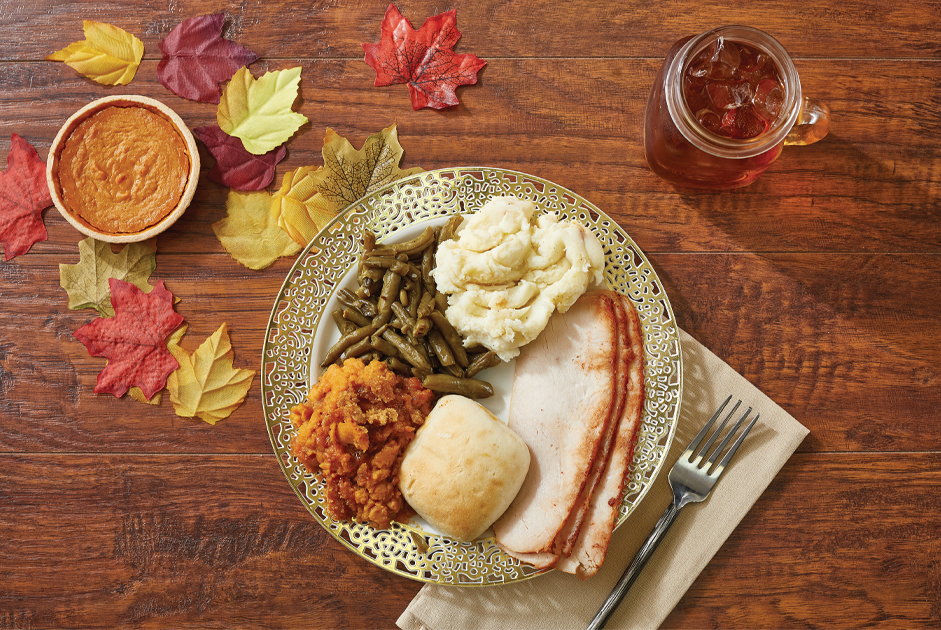Ellen Knight, looking ahead to her 65th birthday, noticed a sharp pain in her lower back. She found mobility, moving from a sitting to a standing position or climbing and descending stairs, more complex. Doctors explained the difficulty. Knight received a diagnosis of irreversible stenosis and osteoporosis in two hip points. For three years, she practiced yoga and increased sessions to three times weekly. Knight writes, “Seven years ago, I received the diagnosis. Exercise strengthened my core and flexibility. I no longer avoided movement; instead, I decided to stop using the elevators and escalators and start moving. I climb stairs and park at a distance to walk to my destination. My greatest joy is holding the balance of standing poses.”
Aging and Strength
Muscle strength is a physical skill that helps us get out of bed and proceed through daily actions. Whether the movement is walking, lifting, raising arms, or crouching low, strong muscles help protect the joints from enduring weight and pressure. Without daily exercise and intentional movement, muscular weakness can compromise the body and increase the risk of maintaining balance.
What impacts the 640 muscles in the body?
- A sedentary lifestyle, job, and diet.
- Body type, race, ethnicity, and natural bone density.
- Hormonal changes before and during menopause.
- Muscle diseases, such as joint injuries, arthritis, and stroke.
- Conditions affecting the nerves and blood, such as diabetes, cancer, and HIV/AIDS.
- Sarcopenia, an advanced stage of skeletal muscle atrophy, impacts individuals at an advanced age or time spent inactive due to an illness.
While you cannot change your genes, you can begin a preventative measure!
Try Yoga
Studies suggest yoga benefits those who suffer from lower back and neck pain, weight loss, and menopausal symptoms.
It begins with breathing. Without pushing or straining, the body opens, “lets go,” and then relaxes. Not many forms of exercise allow you to understand the power of the breath, teach awareness of the body, and know how the culmination releases emotions. Yoga teaches, “Just by changing the rhythm of our breathing, we can change our mood.”
Sitting Moves
Connect with the mind and spirit by engaging in short exercises to add energy or gain flexibility. The following poses are ideal for beginners.
- Easy Sitting Pose: (Warning: Avoid this posture if you have a severe knee or hip injury.) Start by sitting on the floor or using a firm bolster pillow, lean against a wall. If it’s comfortable to sit crossed-legged, do so. Keep your hands on your knees. Relax your whole body by exhaling, dropping your shoulder, and breathe. Maintain the position as long as it is comfortable.
- Seated Twist: Seated on the floor (always on a carpet or mat) with legs crossed, extend your hand to the floor behind your hip. Hold for 30 to 60 seconds. The posture offers a great stretch while relieving tension.
- Cobbler’s Pose: Seated, place the heels of your feet together and hold on to your ankles. Hold for 30 seconds to two minutes. The position targets the hips and groin muscles, allowing you to straighten your back when sitting.
Walking Moves
One of the best ways to energize, build your fitness level, burn calories, and enjoy the outdoors is walking. Without stretching first, you may risk tightening hips, hamstrings, and the lower back. Try the following yoga positions to complement your walking workouts.
- Cat Pose: Kneel on all fours with your hands placed under your shoulders. Lift your tailbone toward the ceiling and inhale. In the exhale, lift the back like an angry cat. Repeat five times. This posture loosens your back after the compression caused by walking.
- Crescent Lunge Pose: Start with one leg forward, ensuring the front knee is at a 90-degree angle. The feet should be shoulder-distance apart. Press through the heel of your back leg and flatten out the tailbone until you feel the lower back lengthen and the abs draw inward. Hold for 20 breaths. The posture helps relax the hip flexors.
- Forward Bend Pose: Start by inhaling and lifting your arms overhead. In the exhale, slide your hands down your legs. Stop at the knees or extend down to the feet. The stretch impacts the sitting bones at the hamstrings. If flexible, you can flatten your back and either bend the knees or keep them firm. Try and hold the pose for 20 breaths.
Without yoga, many lives would be limited; instead of fearing the pain, you can find an exercise, whether it’s yoga, pilates, walking or biking, to build your core strength!

